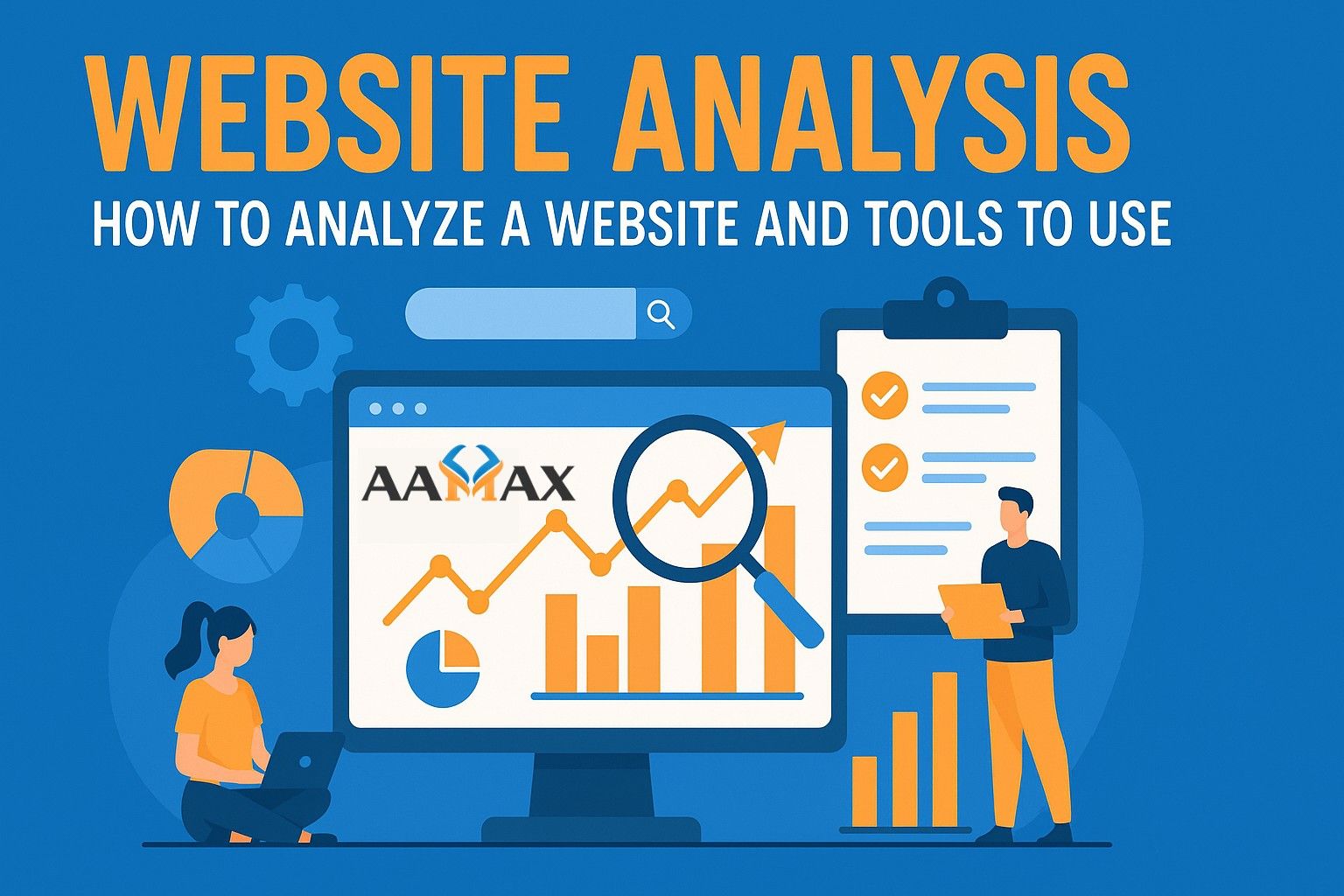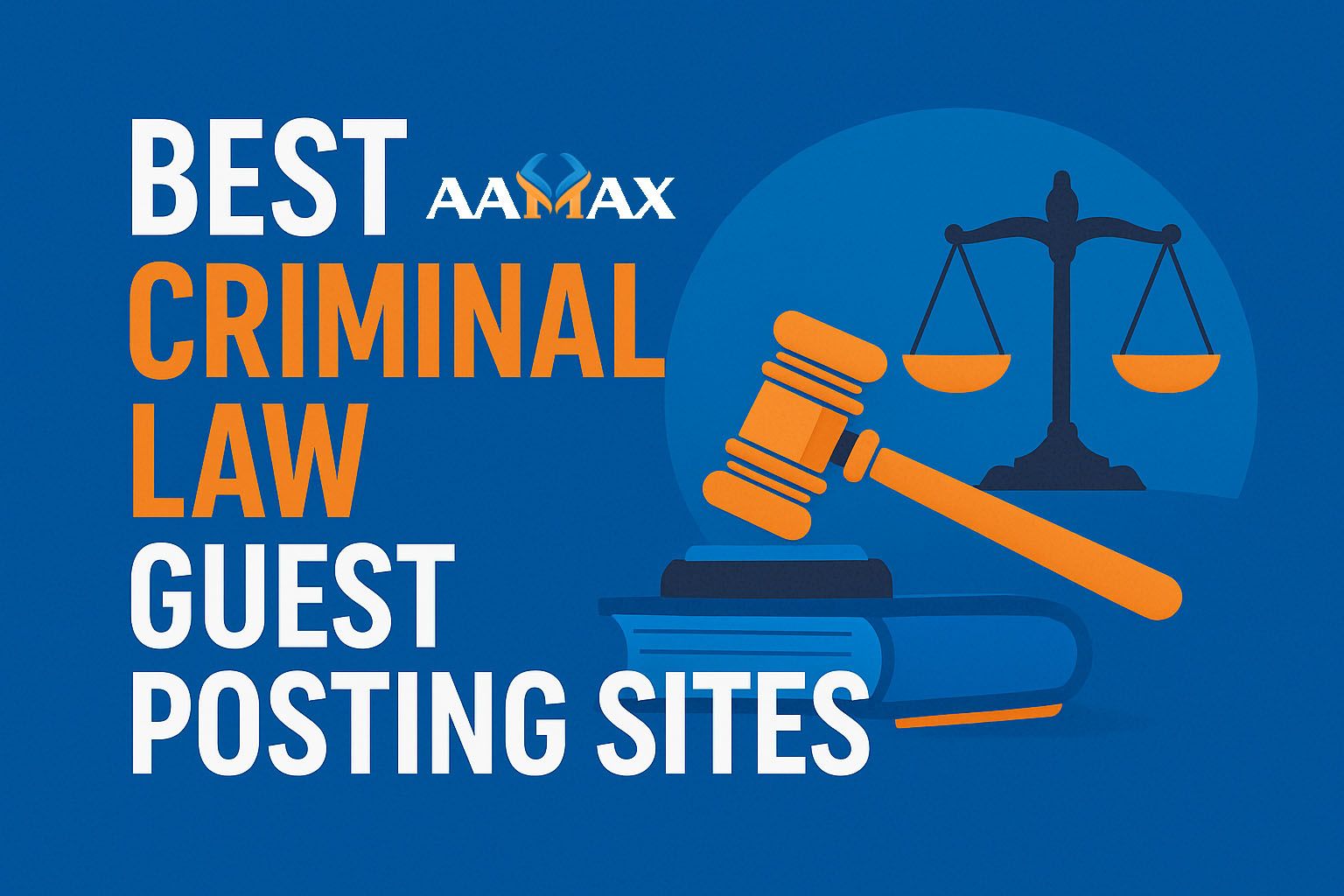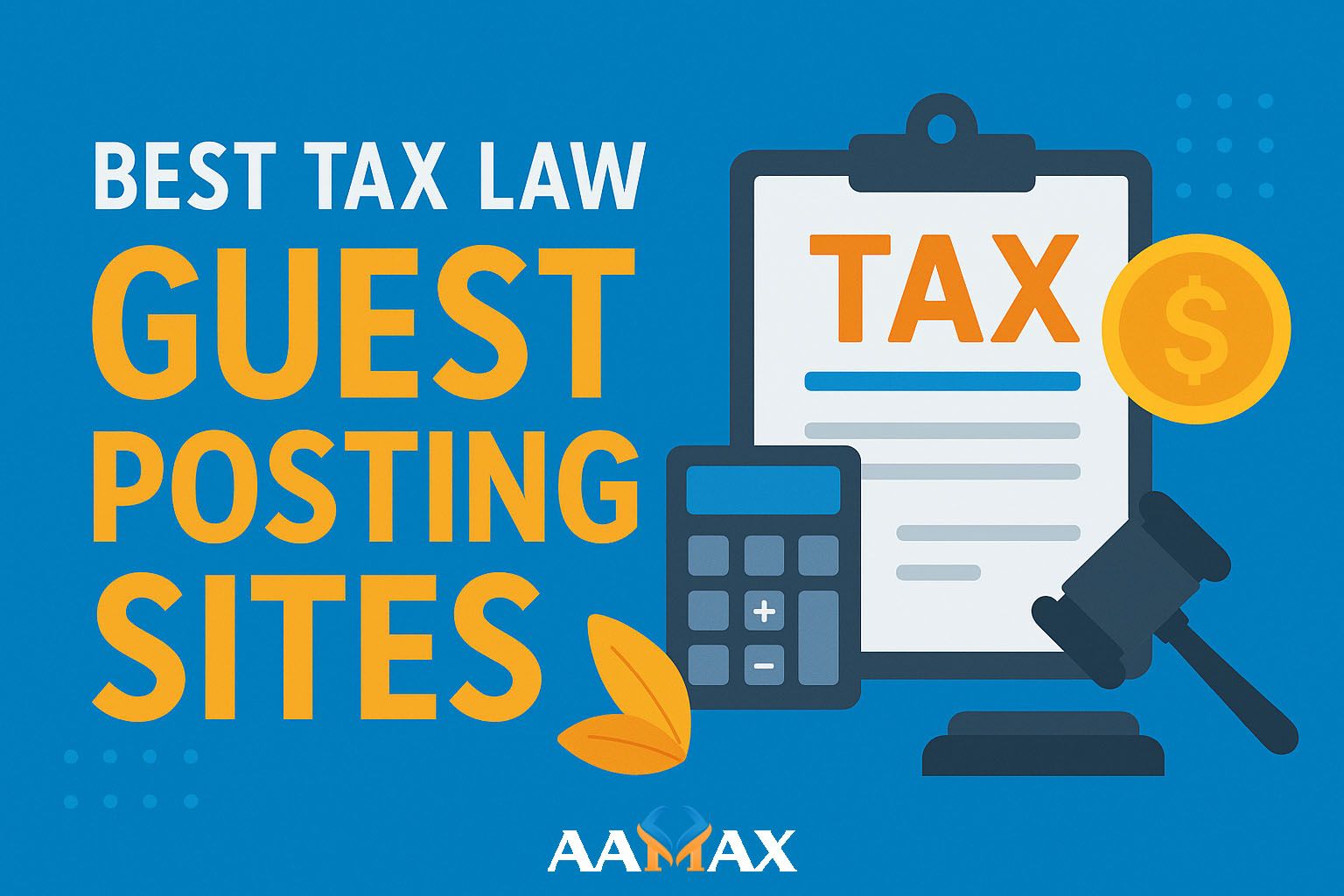
Website Analysis: How to Analyze a Website and Tools to Use
In today’s digital-first economy, a website is often the first impression your business makes on potential customers. But having a website alone is not enough. To truly succeed online, businesses must consistently evaluate performance, user experience, design, SEO services, and security. This process, known as website analysis, is critical for identifying strengths, fixing weaknesses, and improving conversions.
In this comprehensive guide, we’ll explore what website analysis is, why it matters, step-by-step instructions on how to analyze a website, and the best tools available for businesses.
What Is Website Analysis?
Website analysis is the process of reviewing and evaluating various aspects of a website to understand its effectiveness, usability, performance, and impact. It typically involves assessing:
- Traffic and User Behavior – How users find and navigate your site.
- Search Engine Optimization (SEO) – How well your site ranks in search engines.
- Design and Usability – Whether users find the site attractive, intuitive, and accessible.
- Speed and Technical Performance – How fast your site loads and functions.
- Content Quality – How engaging and relevant your content is to visitors.
- Security and Compliance – Whether your website protects data and follows best practices.
The ultimate goal of website analysis is to improve visibility, user experience, and conversions.
Why Website Analysis Is Important
Without analysis, businesses risk underperforming in a highly competitive online landscape. Here’s why website analysis matters:
- Improves SEO Rankings – Identifying technical errors and optimizing pages boosts search engine visibility.
- Enhances User Experience – A faster, well-designed website keeps users engaged.
- Drives Conversions – Insights into user behavior help optimize sales funnels.
- Strengthens Security – Regular analysis ensures your site is safe from threats.
- Supports Business Growth – Data-driven decisions lead to smarter marketing and higher ROI.
In short, website analysis transforms your site from just an online presence into a high-performing business tool.
How to Analyze a Website: Step-by-Step
Analyzing a website may seem overwhelming, but breaking it down into categories makes the process more manageable. Below are the essential areas to focus on:
1. Analyze Website Performance and Speed
Performance plays a major role in user satisfaction and SEO. Google research shows that 53% of users abandon a site if it takes longer than 3 seconds to load.
Steps:
- Test your website’s loading speed across desktop and mobile.
- Review Core Web Vitals (Largest Contentful Paint, First Input Delay, Cumulative Layout Shift).
- Optimize images, enable caching, and use a content delivery network (CDN).
2. Review SEO and Search Rankings
SEO analysis ensures your site is discoverable by search engines.
Steps:
- Check meta titles, descriptions, headers, and URL structures.
- Analyze keyword rankings and backlinks.
- Fix broken links and ensure proper internal linking.
- Ensure your website is mobile-friendly and indexable.
3. Evaluate Website Design and User Experience
Design is not just about aesthetics—it’s about functionality. If users can’t navigate your site easily, they’ll leave.
Steps:
- Test navigation menus and call-to-action buttons.
- Check mobile responsiveness.
- Review font sizes, colors, and accessibility compliance.
- Ensure key information is easy to find.
4. Audit Website Content
Content drives engagement, builds authority, and improves rankings.
Steps:
- Check for duplicate, outdated, or thin content.
- Ensure content aligns with target audience needs.
- Use engaging formats like images, videos, and infographics.
- Review keyword usage and natural readability.
5. Track User Behavior
Understanding how users interact with your website is crucial for improving conversions.
Steps:
- Review bounce rate, session duration, and pages per visit.
- Use heatmaps to see where users click.
- Monitor conversion funnels to identify drop-off points.
6. Assess Security and Compliance
Security is critical for user trust and SEO. Google prioritizes secure websites.
Steps:
- Ensure your website uses HTTPS with an SSL certificate.
- Check for malware or vulnerabilities.
- Review compliance with data privacy laws (e.g., GDPR, CCPA).
- Regularly update plugins, themes, and core files.
Best Tools for Website Analysis
Luckily, there are powerful tools that simplify website analysis. Below are some of the most effective options:
1. Google Analytics
A free tool that tracks website traffic, user behavior, and conversion rates. Essential for measuring ROI and user engagement.
2. Google Search Console
Helps monitor search performance, indexing issues, and keyword visibility.
3. SEMrush / Ahrefs
Comprehensive SEO tools for keyword research, backlink audits, and competitive analysis.
4. GTmetrix
A performance analysis tool that provides detailed reports on speed and optimization.
5. Hotjar
Offers heatmaps, session recordings, and surveys to understand user interactions.
6. Screaming Frog
A website crawler that helps identify broken links, duplicate content, and technical SEO issues.
7. PageSpeed Insights
Google’s tool for analyzing speed and Core Web Vitals.
8. Moz Pro
An SEO suite for tracking rankings, backlinks, and keyword performance.
9. Ahrefs Content Explorer
Great for analyzing content performance and finding opportunities for improvement.
10. SSL Labs
Checks your website’s SSL configuration and overall security health.
Common Website Issues Found During Analysis
Businesses often uncover recurring issues during analysis, such as:
- Slow load times.
- Poor mobile responsiveness.
- Weak or missing meta tags.
- Broken links and 404 errors.
- Thin or duplicate content.
- Low-quality backlinks.
- Outdated design and poor navigation.
- Security vulnerabilities.
Identifying these issues early allows businesses to address them before they cause significant losses.
How Often Should You Analyze a Website?
Website analysis is not a one-time task. Ideally, businesses should:
- Perform monthly reviews for SEO and traffic performance.
- Conduct quarterly audits for design, content, and UX.
- Run annual deep-dive analyses to overhaul strategy and technology.
Consistency ensures your site remains competitive, secure, and user-friendly.
Hiring Experts for Website Analysis
While tools are useful, professional expertise is often required to interpret data correctly and implement meaningful improvements. Partnering with a trusted agency like AAMAX can give businesses access to expert web development, digital marketing, and SEO services that ensure websites are optimized for performance, rankings, and conversions.
Final Thoughts
Website analysis is not just about checking performance—it’s about ensuring your site actively drives business growth. By analyzing performance, SEO, design, content, security, and user behavior, you can transform your website into a powerful business asset.
Using the right tools and strategies, businesses can continuously optimize their websites, stay ahead of competitors, and maximize ROI. For companies that want expert guidance, hiring professionals ensures no stone is left unturned.
Remember, your website is more than just an online brochure—it’s the foundation of your digital presence. Regular analysis ensures it stays effective, engaging, and revenue-driven.







